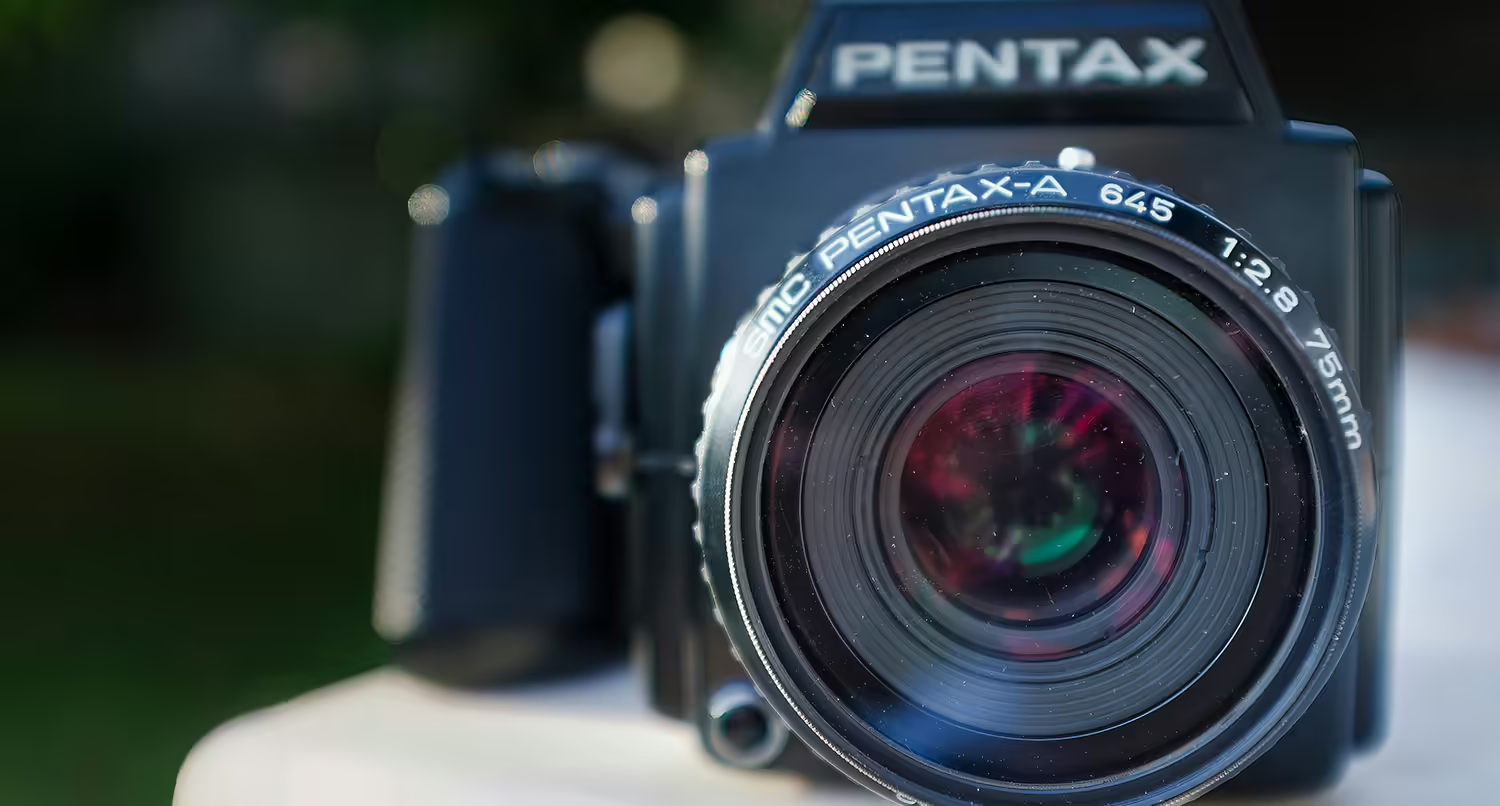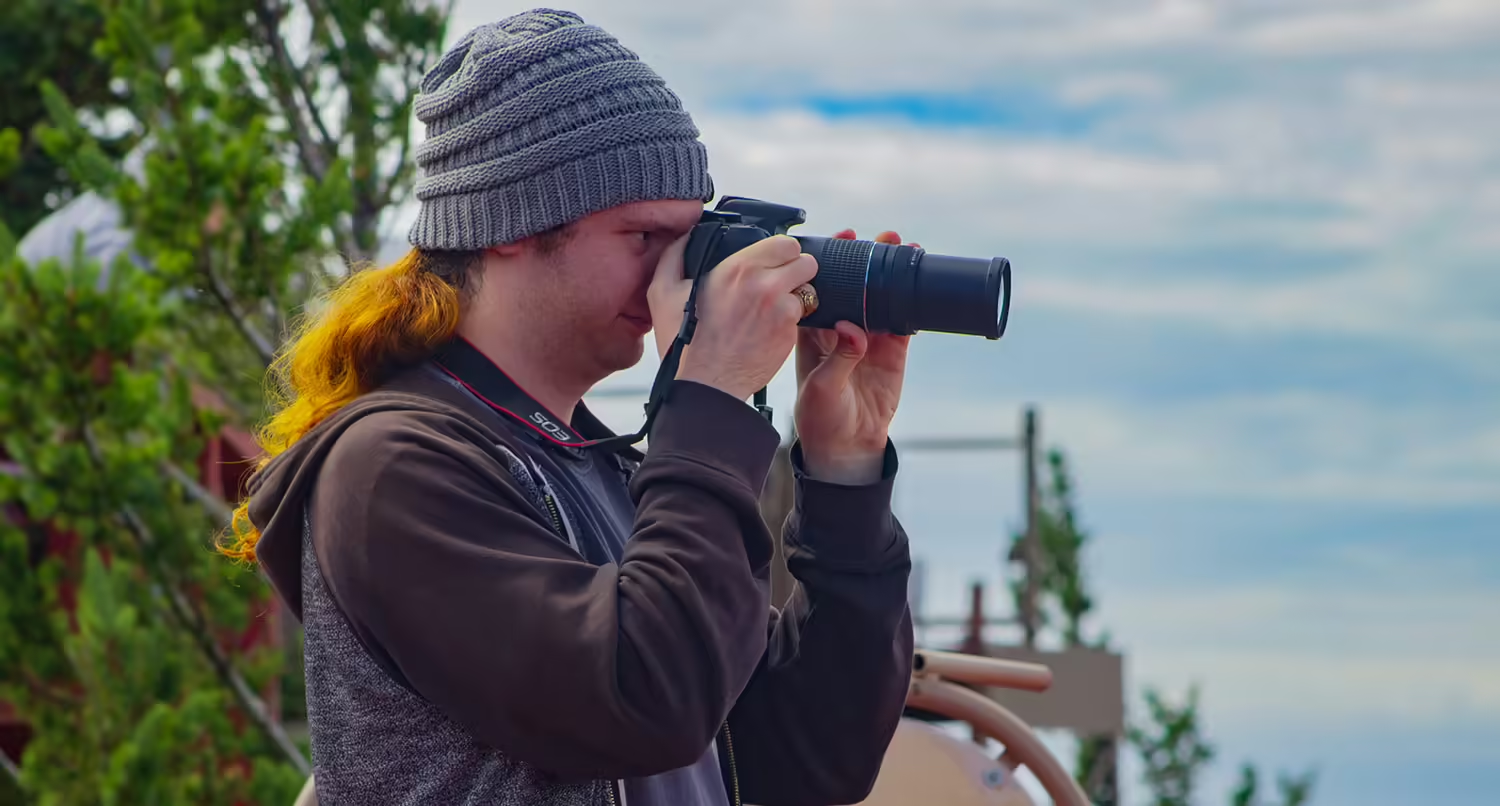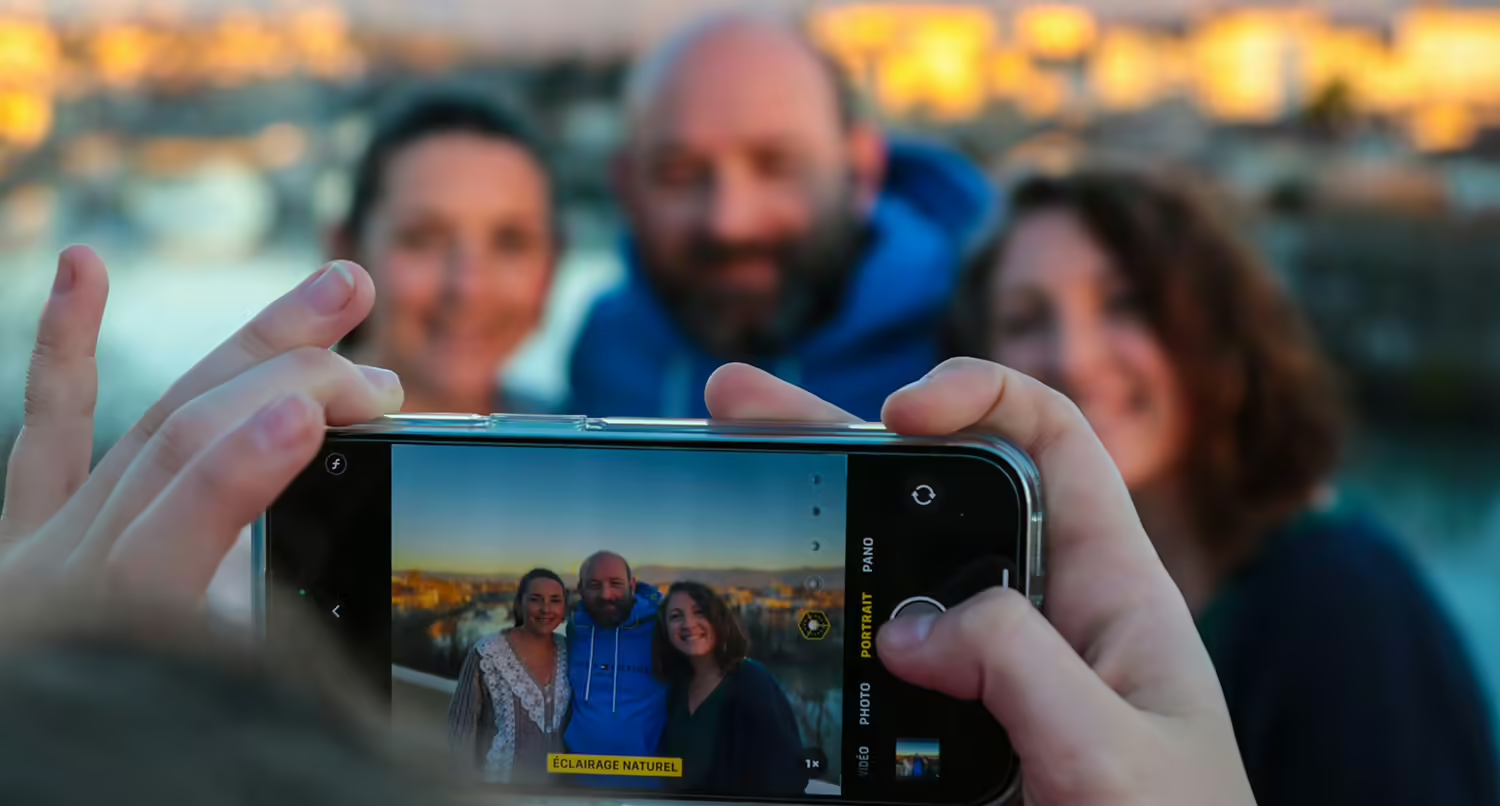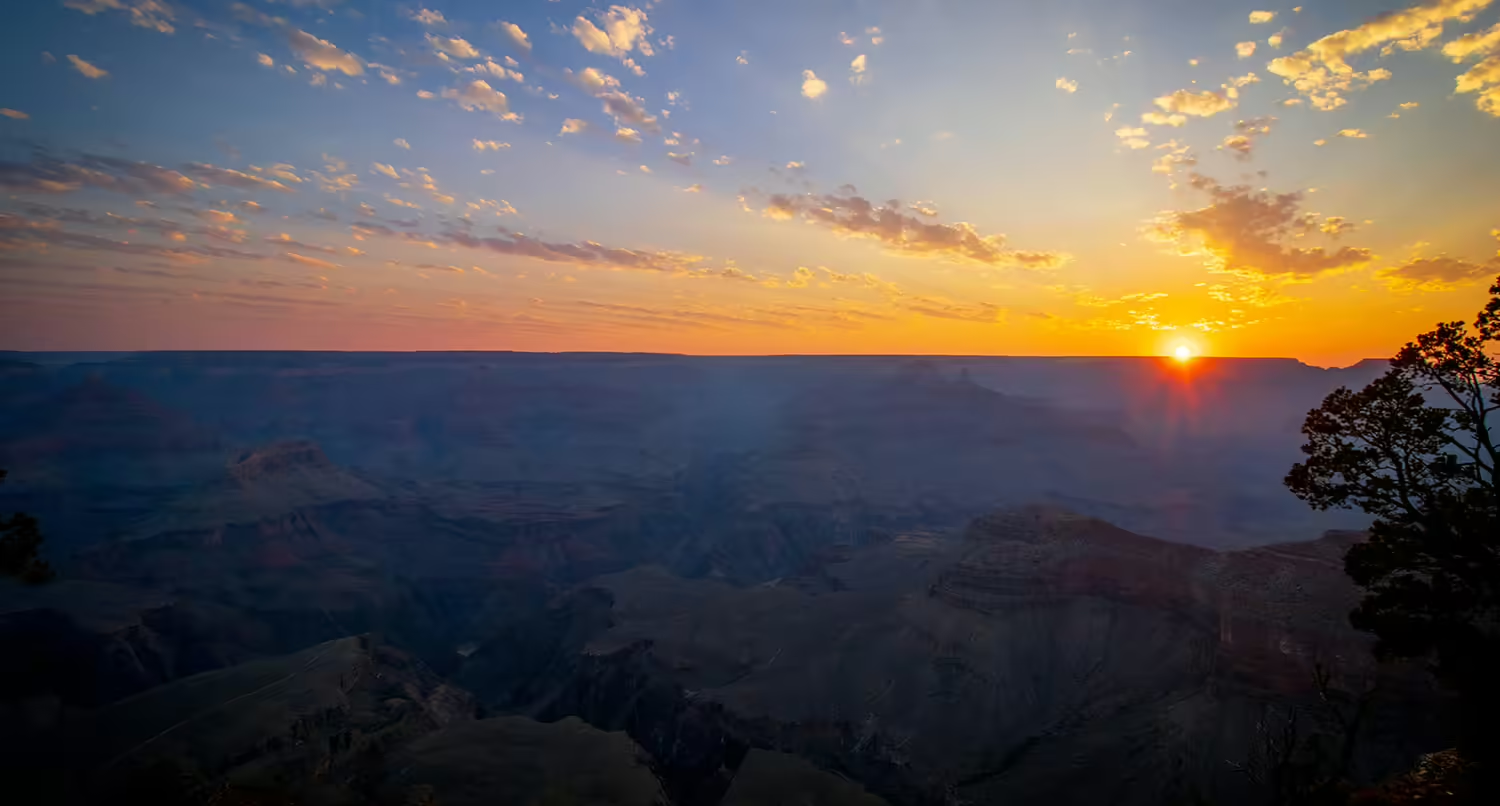How to Take Marching Band and Drum Corps Photos (as a fan)
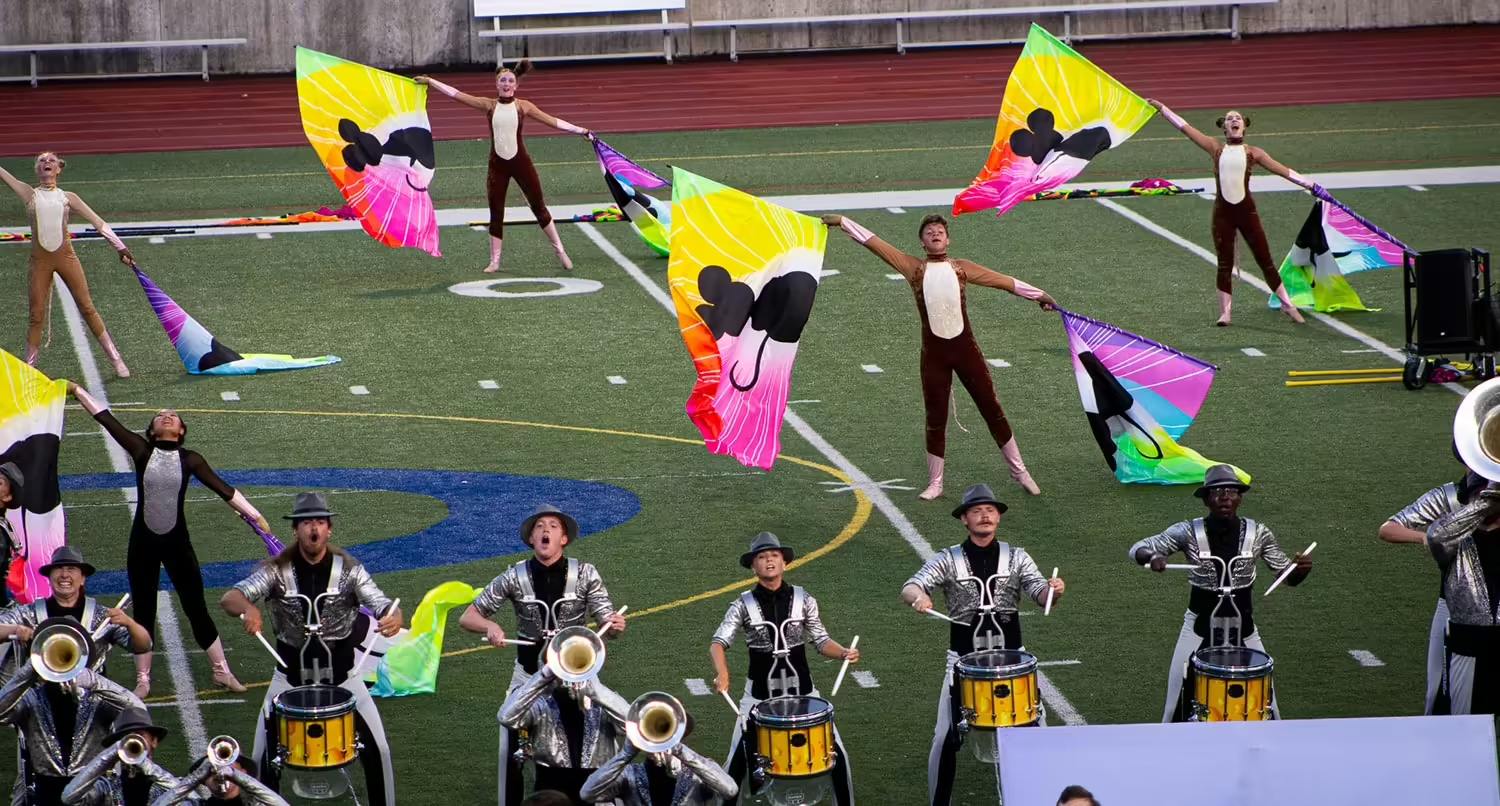
It’s mid September which means it’s prime time for marching band season.
From here to early November, high school bands will be performing on Friday nights at halftimes of football games and then getting up early Saturday for competitions.
And if you’re a fan of marching band or the parent of a marcher, you probably want to get good to great photos of them performing this season.
But how can you get good photos all the way up in the stands?
While you might think that the best photos can only come from those standing on the sidelines, you still have the opportunity to get good photos from your seat in the stands.
So let’s take a look at how you can get those great photos this season.
What Camera Should You Use for Marching Band Photos?
The saying goes that the best camera is the one on you.
And with technology advancing so much, you can get pretty good shots just with your phone’s camera, especially wide shots.
But if you want to take higher quality photos, you’re going to want to have a dedicated camera.
Small point and shoot cameras are the most economical option for you. They’re relatively cheap and they’re small, so they’re easy to put into a bag to carry around. Plus you won’t bother the people around you when you’re taking photos.
For the best quality photos, however, you’re probably going to want to use a DSLR camera. Those will give you the highest quality photos, plus if you have a zoom lens, you’ll be able to get much tighter shots no matter where you are sitting.
Just be aware of any policy at the stadium where the game since some stadiums won’t allow those cameras is (the last time I tried to get my Canon Rebel T3i into the Alamodome for a DCI contest, it was turned away). And just be considerate of those around you when you’re taking photos.
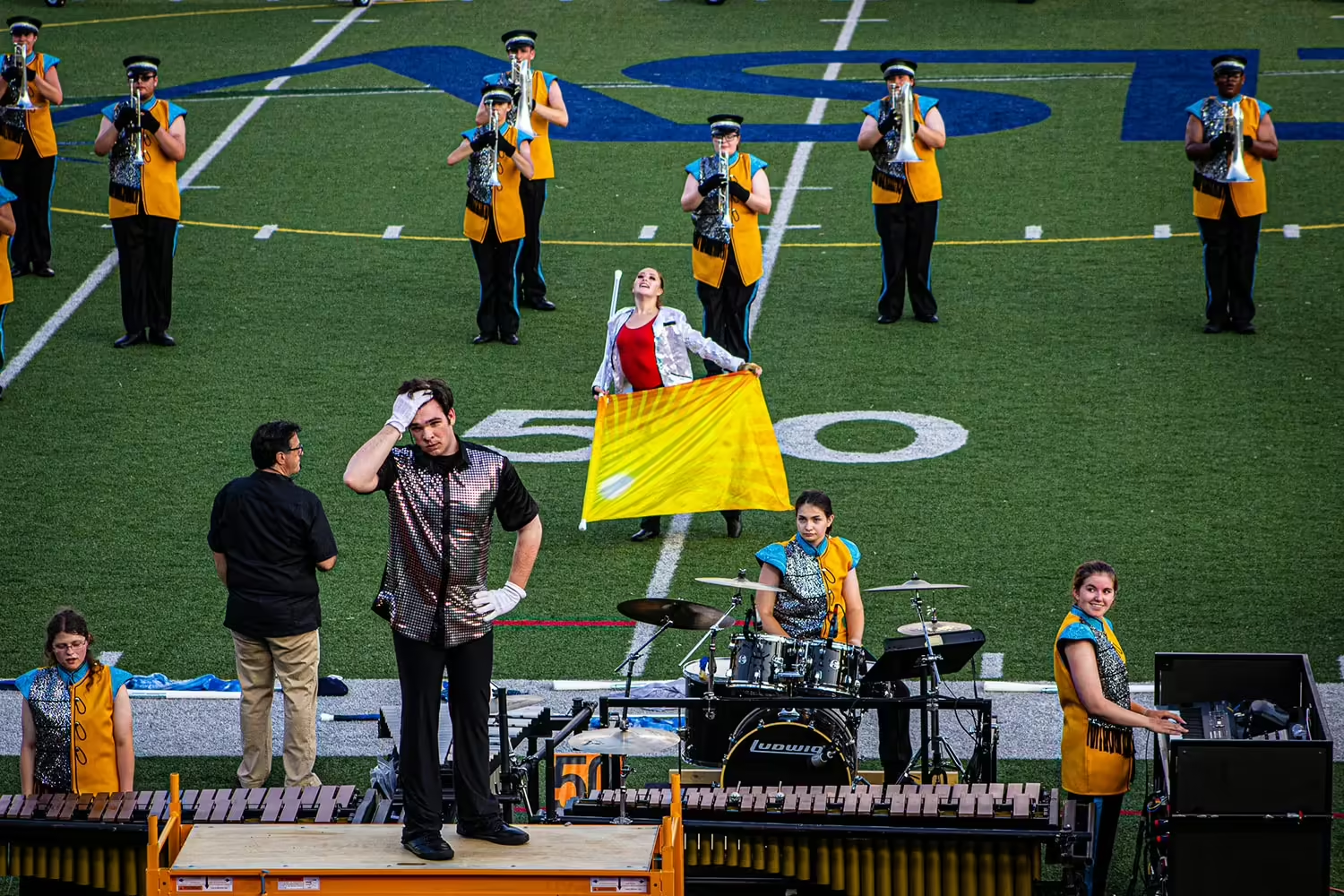
What Lens(es) Should You Use?
So if you’re using your phone or a point-and-shoot camera, you basically don’t have many (if any) lens options, although there are detachable lenses available for some phones now.
But if you’re using a DSLR camera, you have some options for what lens to use.
For wide shots, an 18-35mm lens should be enough to do the trick. If you’re sitting up high enough, you should be able to get the entire field in the frame.
For tight shots to get the emotions of the performers, a zoom lens that’s in the range of 75mm to 300mm should be more than enough to do the trick.
Both of those will allow you to ge great shots no matter where you sit vertically in the stands.
Where You Should Sit at a Marching Band Contest
Finding the right place to sit to take photos is one of the most important decisions you’ll make.
Sit too close to the action and you won’t be able to get the full impact of the band and its formations. But sit too far away (especially horizontally) and you won’t be able to get a good angle for shots that capture the emotions of the performers.
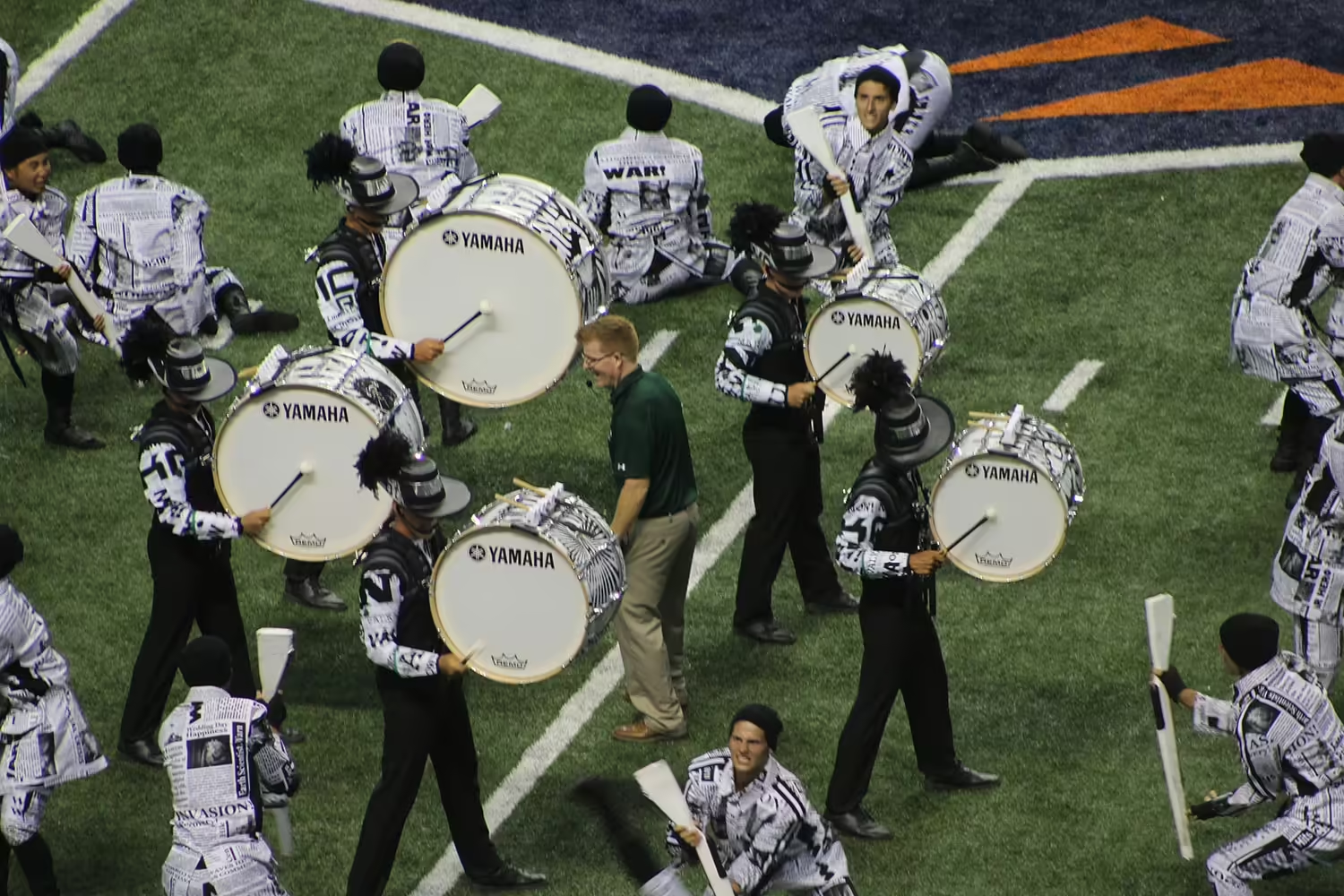
Horizontally, you want to make sure that you’re sitting as close to the 50 yard line as possible. Not only will this help your wide shots have the right balance, especially if there’s a symmetrical formation, but you’re also in the best position to get close up photos on both the left side (side one if you want to be technical) and the right side (side two).
If you’re not able to get right on the 50, any spot between the two 40 yard lines will still do quite nicely.
On the vertical side, you want to sit mid to high up in the stands. If you have a zoom lens, you shouldn’t have too much trouble getting close up photos from this spot. Plus, you’ll be able to zoom out and get good wide shots of the entire formation.
Wide Shots for Impact Formations
I love a good wide shot of a band or corps when they get to an impact point in the show.
One of the reasons that marching band became so popular was because of the formations they made on a football field. And for some people, that’s the whole reason they might watch a show. And they play a part in the general effect caption (and no, we’re not having a debate here about general effect’s role in judging).
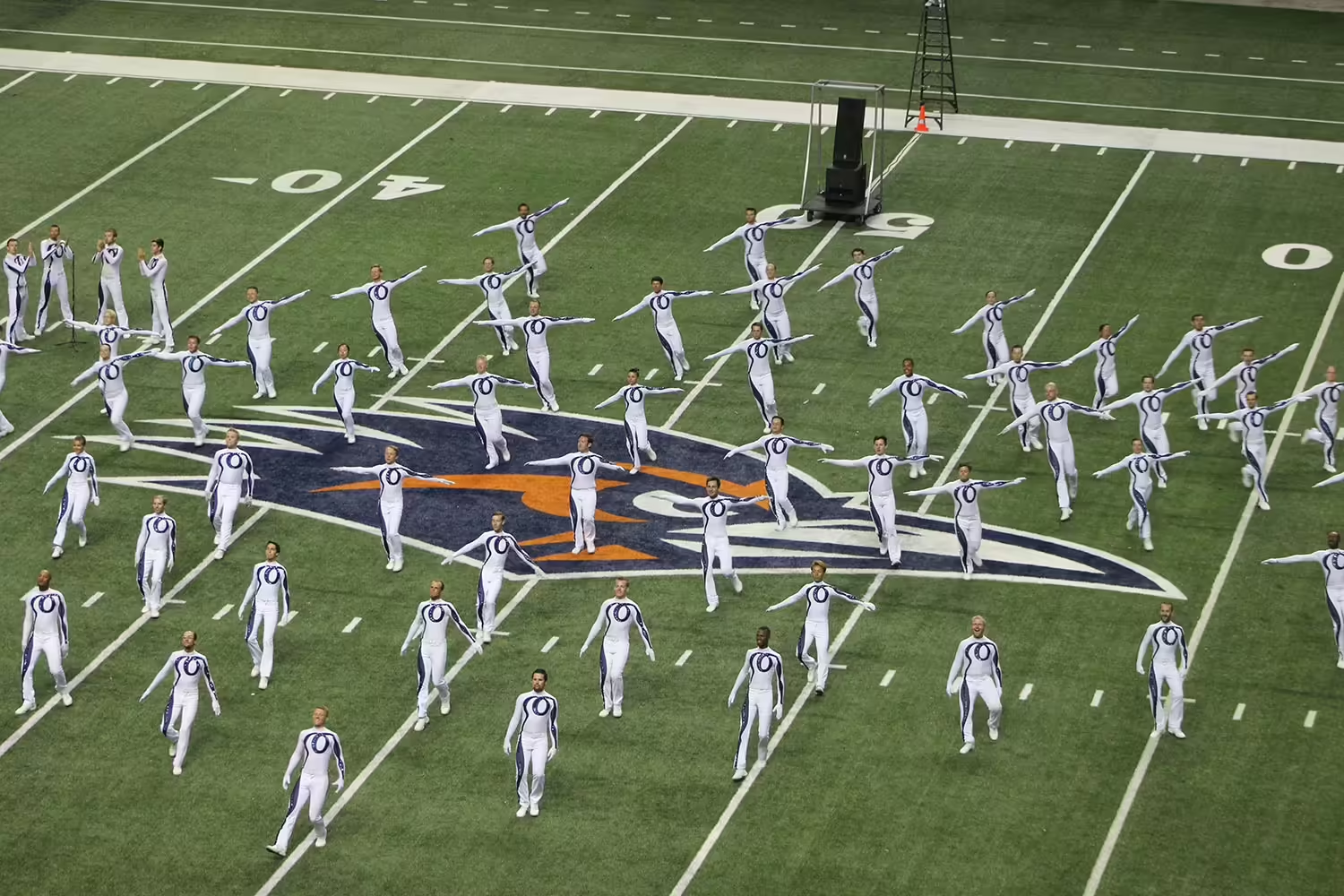
Plus, those photos can make for great prints that you can hang on a wall to commemorate the show.
So make sure that in addition to zooming in on a specific performer or small ensemble that you zoom out and get the whole group in the photo too.
Zoom In to Get the Emotions of Marching Band
These days more and more marching bands and drum corps are moving away from traditional shakos and head gear.
Now, I’m not here to debate whether this is a good change or not. If you want that debate, there is always the Drum Corps Planet forums.
But the lack of headgear does make it easier for spectators and judges alike to see the emotions of the performer since we can see their faces from the stands now.
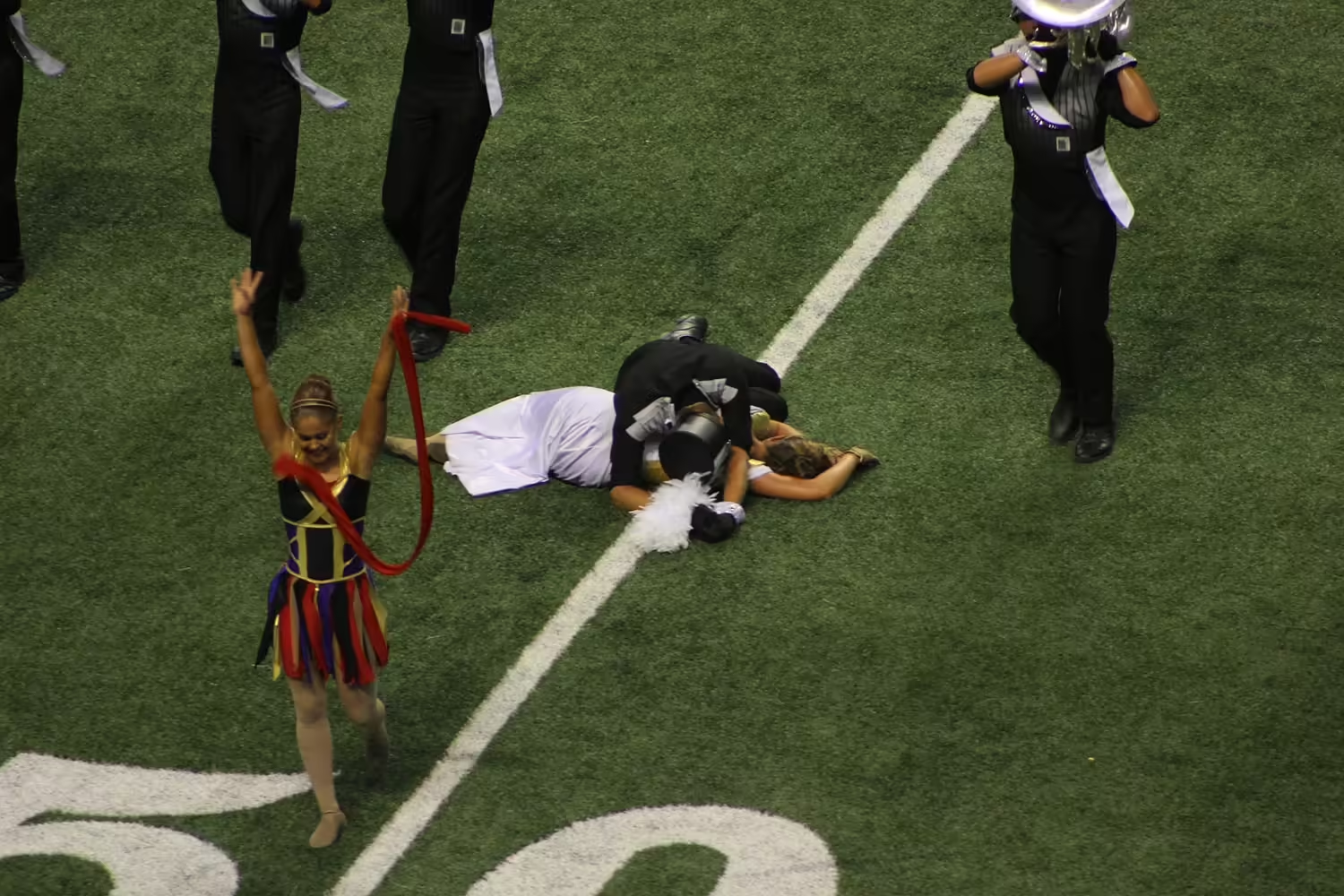
So you should take advantage of that. Use your zoom lens to zoom in on the action. Capture that small ensemble that’s playing on the sideline. Or follow the protagonist around and see what emotions you can capture from their performance.
You never know what you’ll find if you zoom in on someone during a performance.
Watch With Your Eyes Not Through Your Camera
Finally, make sure you take some time to put the camera down and just watch the performances.
Watching a show through the viewfinder of a camera is no way to really watch a show unless you are getting paid to do it.
Plus, putting the camera down and seeing the whole field can help you figure out what to focus on for your next photo. That will lead to much better photos that better capture the performance.
So take the time to watch the show first and then take photos. You’ll have a much better experience in the end.
People to Follow
To round out this post, I want to mention a few people you should follow for marching arts photography. These are professionals who work for drum corps and other organizations and are on the sidelines for competitions, so they’re photos will look way better than what you take. But they’re amazing photographers, good people and they might inspire you to learn more about photography.


